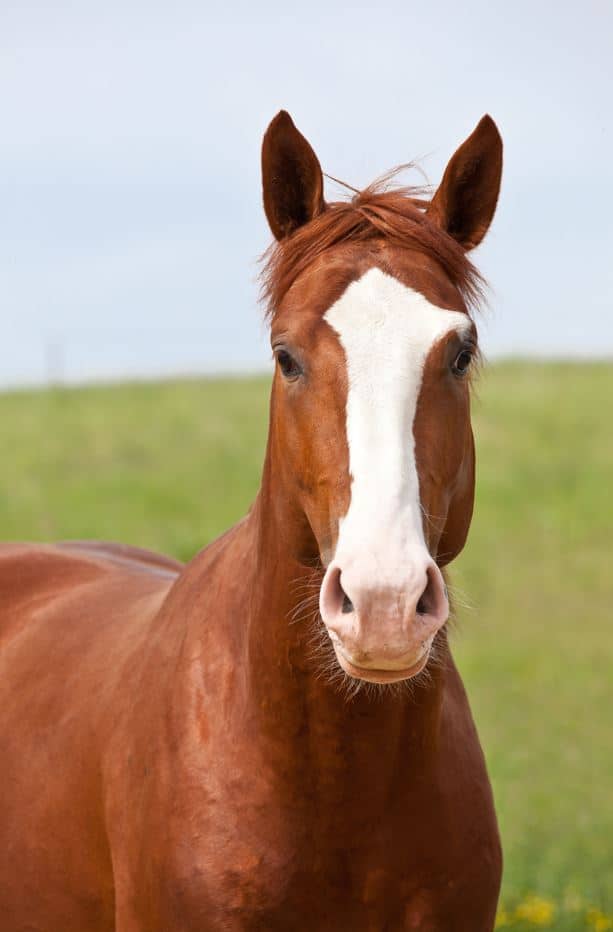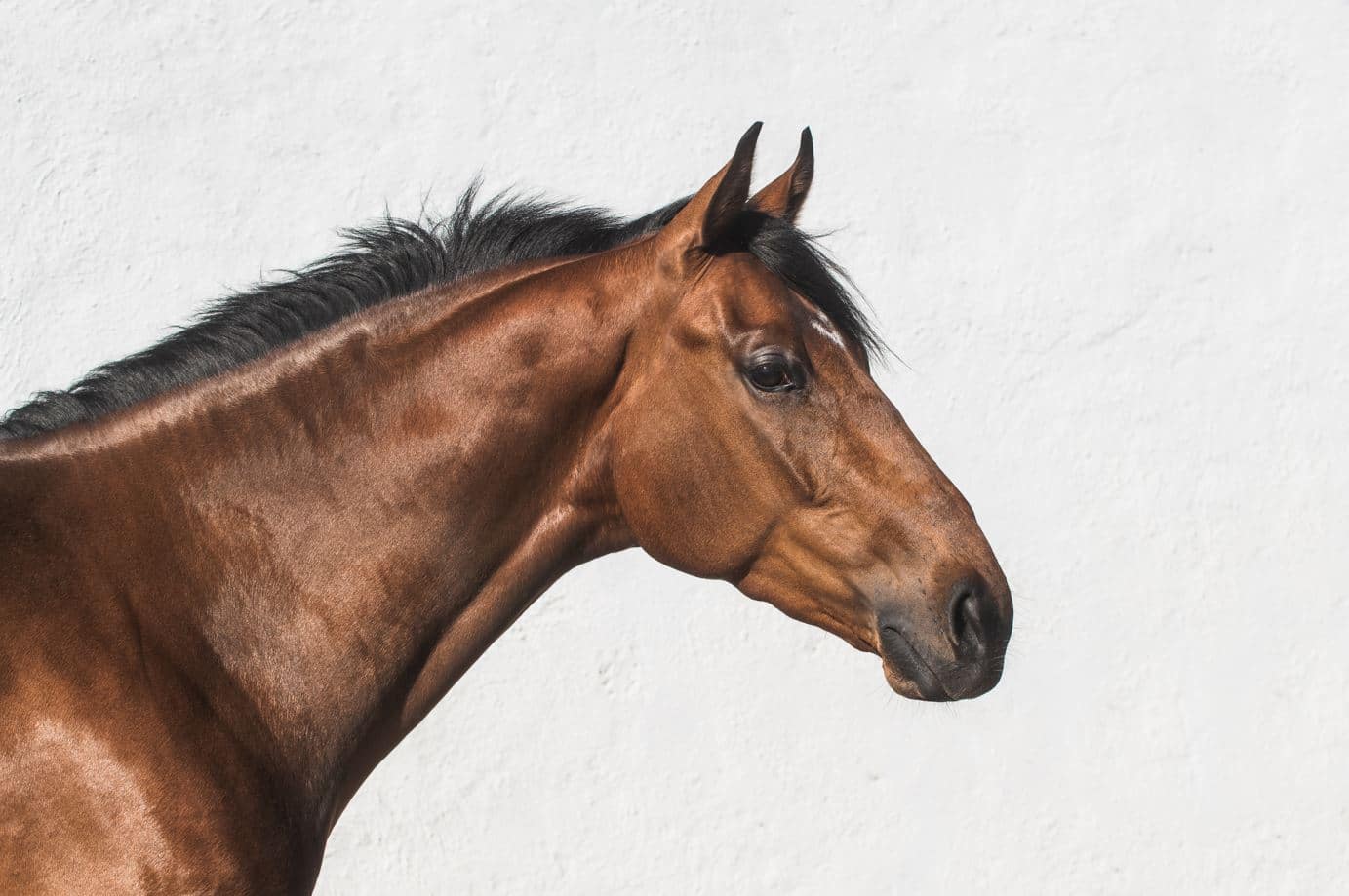Like many animals, horses have several types of facial expressions. They allow them to communicate their emotions through body language, but also to interact socially. To date, a recent study mentions that horses can have up to 17 distinct facial movements. Now we just must know how to interpret them properly!
How to interpret horse’s facial expressions?
These various facial expressions play a major role in social interactions between horses. Ears positioned backwards or forwards, eyes straightened or relaxed… so many signals that allow horses to communicate with each other and to detect the behaviors of their fellow horses.
To establish different facial expressions, horses mainly use their ears, eyes, nostrils and mouth. Through the positioning of these organs, the horse can express various emotions.
- Relaxation: when a horse is relaxed, its ears will be relaxed to the sides, its eyes half closed, and the lower lip hanging down. If your horse is showing this attitude, it means he is feeling relaxed, or even a little sleepy.
- Worry: A worried horse will have a completely different facial expression. His ears will be turned forward, the whites of his eyes will be visible, his nostrils will be dilated, and his lips will be slightly curled up.

- Curiosity: a horse that expresses interest in its environment will have its ears pointed forward as it stares at an object, a person, or another of its fellow horses. To further analyze unfamiliar smells, the horse can adopt the gesture that is called “flehmen” and is quite easily recognizable: it will curl up its upper lip, revealing its gums, teeth and the inside of its upper lip, all while raising the neck upwards. This gesture allows the horse to better understand the smells around him or to smell the pheromones of his fellow horses.
- Pain: A horse in pain can show it through its facial expressions. This will include a tense jaw, dilated nostrils, tight lips and upright eyes.
- Aggression: to show aggression (towards humans or a conspecific), the horse will lay its ears back while moving its head forward, have pinched nostrils and possibly show the whites of its eyes as well as its teeth. This often precedes an attack movement, so it is best to stay away from a horse that exhibits this posture.
The facial movements of horses are the non-verbal translation of behaviors and emotions. They allow for better social interaction with other horses, but we can also use them to better understand them. Indeed, the understanding of these signals is greatly facilitated by the similarities that exist between human facial expressions and those of horses.
Be careful though, this can vary depending on the horse. Some movements can only be interpreted by the good knowledge you have of your animal. Other elements are also to be considered such as their way of moving or the noises they can emit.



